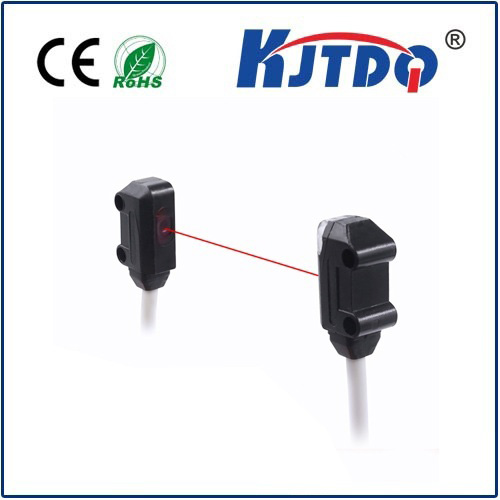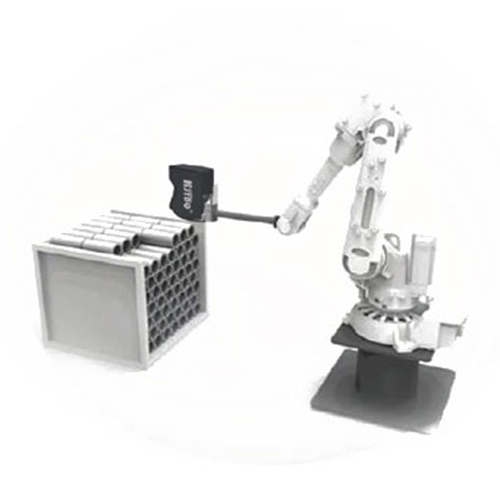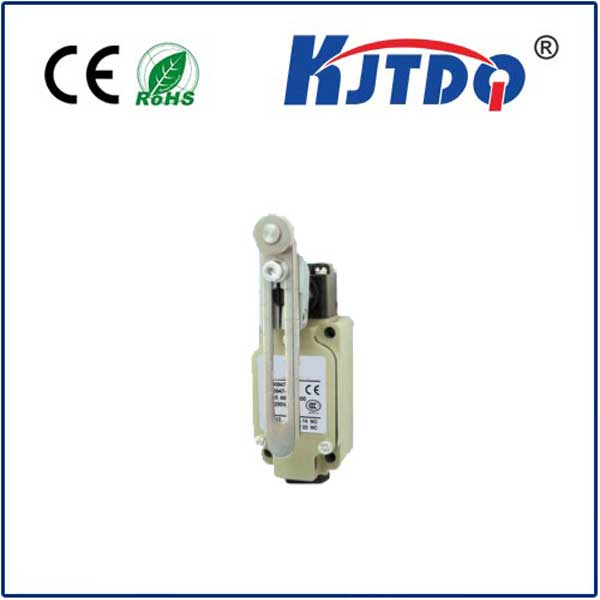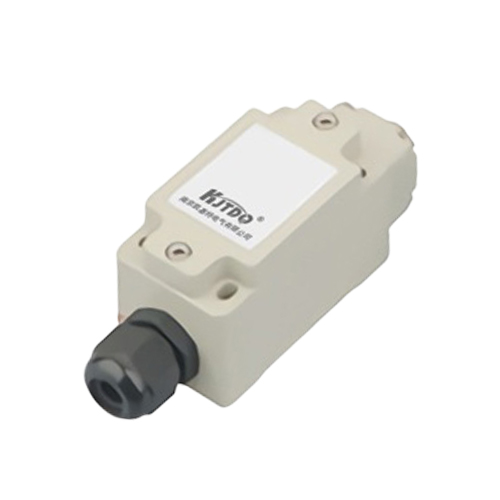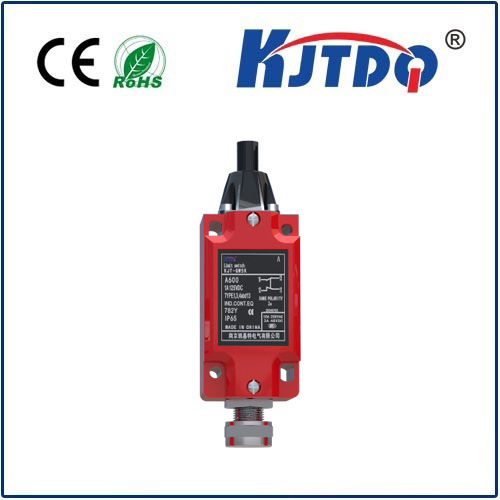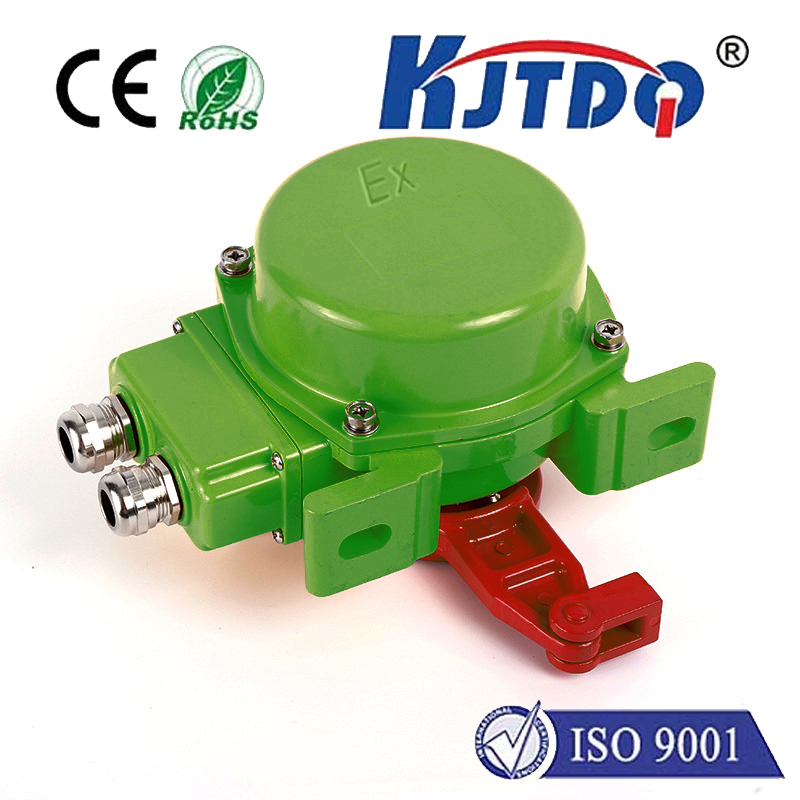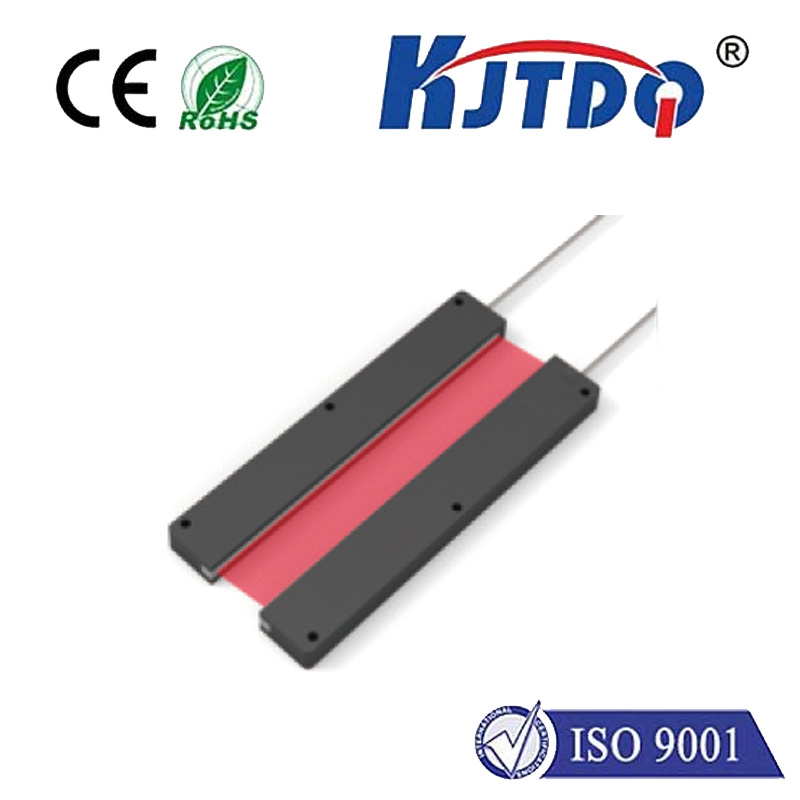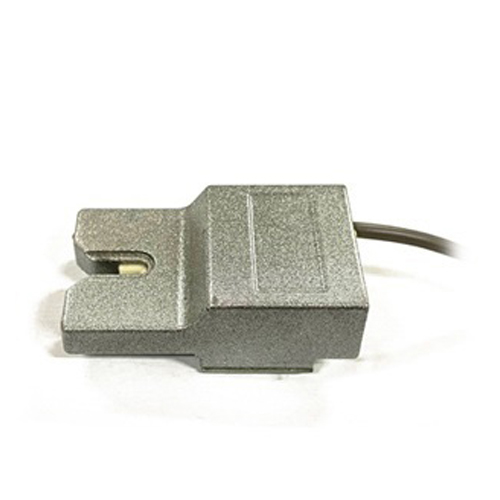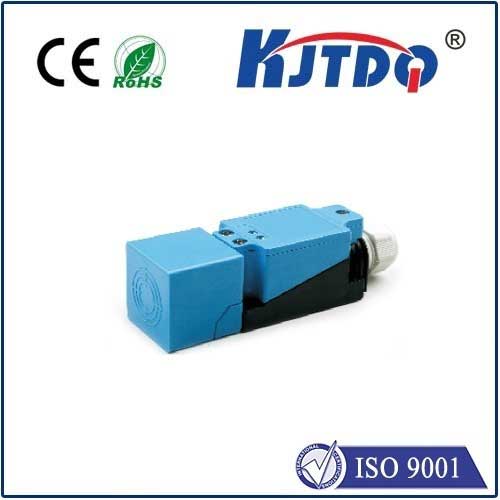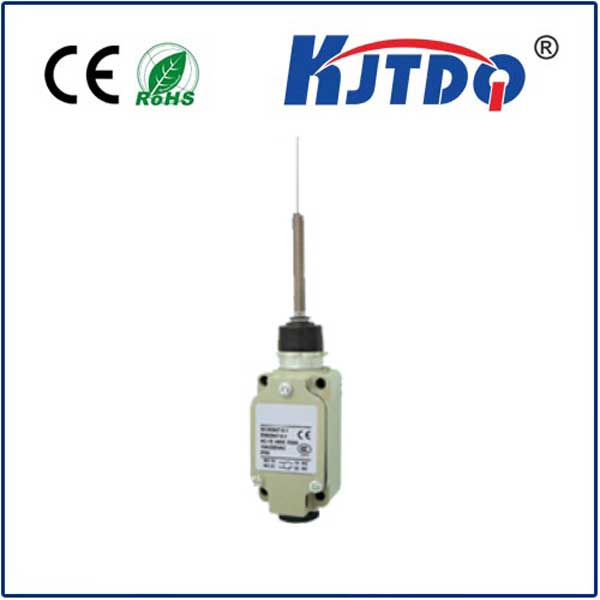
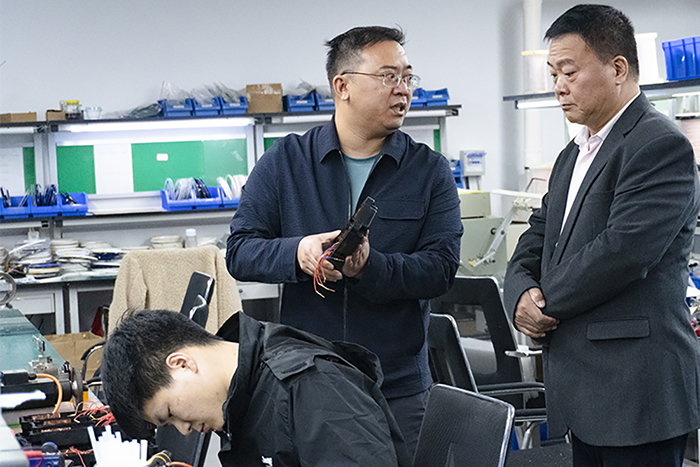
check

check

check

check
In the intricate world of electronics and automation, proximity sensors play an indispensable role. Among these, the 12-volt proximity switch stands out for its versatility and efficiency. This article delves into what a 12 volt proximity switch is, how it works, its applications, and the benefits it offers.
A proximity switch, in essence, is a sensor that detects the presence or absence of an object without any physical contact. The “12 volt” specification refers to its operating voltage, which makes it compatible with various electrical systems that run on 12 volts. These sensors are often used in industrial settings where reliable, non-contact detection is crucial.
At its core, a 12 volt proximity switch operates based on the principle of electromagnetic induction. When an object comes within a certain range of the sensor, it alters the magnetic field produced by the oscillator inside the switch. This change in the magnetic field triggers the output circuit, either closing or opening it to signal the presence of the object. Depending on the design, proximity switches can be classified into two main types: inductive and capacitive.
Inductive Proximity Switches: These operate based on changes in a magnetic field and are typically used for metal objects.
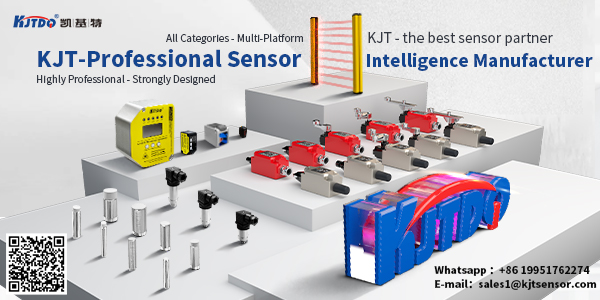
Capacitive Proximity Switches: These respond to changes in an electric field and can detect a variety of materials, including non-metals.
The 12 volt proximity switch finds applications across a wide array of industries:
Industrial Automation: In manufacturing plants, these switches monitor conveyor belts, count products, and ensure machinery operates safely.
Automotive Industry: They control the positioning of parts during assembly lines and act as safety devices to prevent accidents.
Home Appliances: Modern appliances such as washing machines and refrigerators often use proximity sensors for smoother functioning.
Reliability: Without physical contact, wear and tear are minimized, leading to longer operational life.
Precision: The switch’s sensitivity allows for highly accurate detection, which is vital in automated systems.
Versatility: Compatible with numerous electrical systems due to its standardized operating voltage.
Safety: Reduces the risk of mechanical failure and improves overall system safety. In conclusion, the 12 volt proximity switch proves itself indispensable in modern electronic and industrial applications. Its ability to provide reliable, contactless detection underpins its widespread adoption. Whether you’re an engineer designing sophisticated machinery or someone looking to enhance home appliance functionality, understanding and utilizing this versatile tool can significantly elevate your projects’ efficiency and safety.
